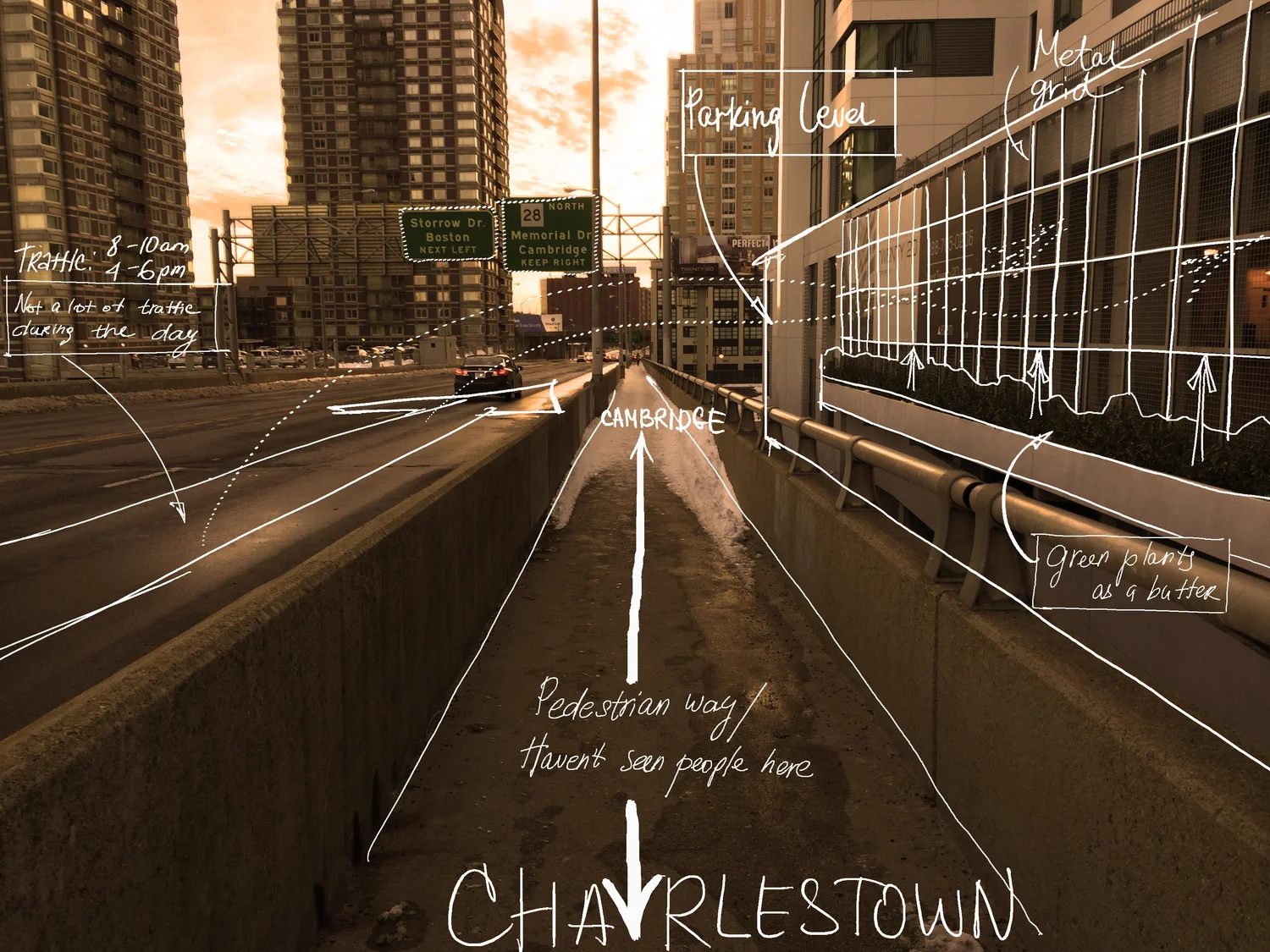This course aims to help students invent and analyze new forms of extended reality (XR) experiences, computer-based art, gaming, social media, interactive narrative, and related technologies. This semester’s focus is on the theory, design, and implementation of experiences and technologies of virtuality. Toward this end, we shall look at topics including definitions of virtual, virtual reality, augmented reality, alternate reality, hybrid reality, virtual worlds, virtual selves, and more.
In this course, students develop independent projects in immersive media as it relates to architectural design and spatial storytelling. We examine technologies of immersion including VR/AR, web-based experiences, sound installations, and virtual production workflows. We explore the field of immersive media through readings, precedent artwork, and hands-on experience with production tools. We specifically focus on the production pipelines that use real-time simulations and game engines. Students were encouraged to work on the aspects of their studio projects and thesis. The workshop provides a studio environment for the students to collaborate and provide feedback to each other.
MIT Architecture Lecture Series. 2016
. The series brings together designers, scientists, media theorists, anthropologists and philosophers to cultivate an interdisciplinary discussion on theories of mind, body and world; their influence on understanding and performing creative activities; and the role of computation as a communicative tool between actively experienced worlds and mental representations.
Hackathon Organization as part of ACADIA 2017. MIT Media Lab.
How does a VR tool work in the future to help an architect presenting a design of a new public school to the local community? What is an AR tool that real estate brokers can use to help promote their properties to home hunters? What is a future MR tool on the construction site that helps building faster, safer and more economically?
Focusing on challenges such as these in the real design world context, including but not limited to architectural, landscape and product design as well as urbanism, real estate and construction, this hackathon fostered an interdisciplinary environment for proposing strong innovative solutions to the future
MIT Department of Architecture, Fall 2017
This seminar/project subject explores the topic of Temporality, within the context of the cross-disciplinary research area of Computational Making. In this subject, we focus in particular on relationships between computation and the temporality of things, spaces, and their making. Temporality here is understood as change, transience, and transformation over time. Computation is commonly viewed as a process over time, and thus is naturally allied to temporality. How can digital, mechanical, or manual computation promote new ways of understanding and supporting the temporality of things, spaces, and their making?
Boston Architectural College, Advanced Workshop. Spring 2016
This studio explored data-driven tools for analyzing urban experience and building descriptive narratives that inform design processes. During the workshop, we used a series of digital data collection tools for constructing rich descriptions based on location-based media and onsite ethnographic observations. Through a series of critical discussions, the class introduced the concepts of urban perception, spatial data and cartography. Supported with computational design tools, students were guided to translate their findings into architectural expressions, gradually building their design proposals for the designated areas. Class combined data driven methods and sensory ethnography in a computational framework, through which students learn interactive map making, data interpretation and computational design tools.
Boston Architectural College, 2015
Reactive Making explored the application of digital fabrication for design processes. The goal was to discover effective methods to apply computation to the design and production of rapid prototypes that communicate the physical and perceptual aspects of the environment. Students were introduced to a variety of tools and concepts including computer-aided design, computer-controlled cutting and 3D model making, interface and application programming, and sensors technologies. We developed innovative computational designs and applying them in creative responses to design problems.
How do the ways we sense space influence the way we make space? Can we challenge the ways we design by exploring the ways we perceive? This workshop aims to extend our understanding of architecture by studying the interaction of the body and the environment. Each student team invents its own ‘creature’ that acts as a perception machine for the analysis and design of space. The creature, which can be either an extension of the body or an autonomous device, provides the sensory data from a physical space




![Temporality in [Computational] Making](https://images.squarespace-cdn.com/content/v1/5c17f4e64cde7a6fd5e411b5/1545796425387-TE4VCVSSRWL2C79SJ0MC/CMTEMP2.jpg)



